Kansas City Workhouse
Introduction
Text-to-speech Audio
The Kansas City workhouse is an 1897 limestone structure that resembles a castle. The workhouse was designed by local architects A. Wallace Love and James Oliver Hog, and since the Romanesque revival style was in style at the end of the 19th century, the architects chose the medieval castle design. Although it may look like it was built for royalty, the four-story Kansas City Workhouse was originally a city jail for petty offenders, vagrants, and debtors. As such, this historic workhouse put its prisoners to work. Women sewed prison uniforms while the men labored for the city’s public works department. Prisoners even quarried the limestone used for the workhouse’s construction. By 1924, the workhouse closed and the castle served many purposes until the building was abandoned in 1972.
Images
The Kansas City Workhouse was built in 1897 as a jail.
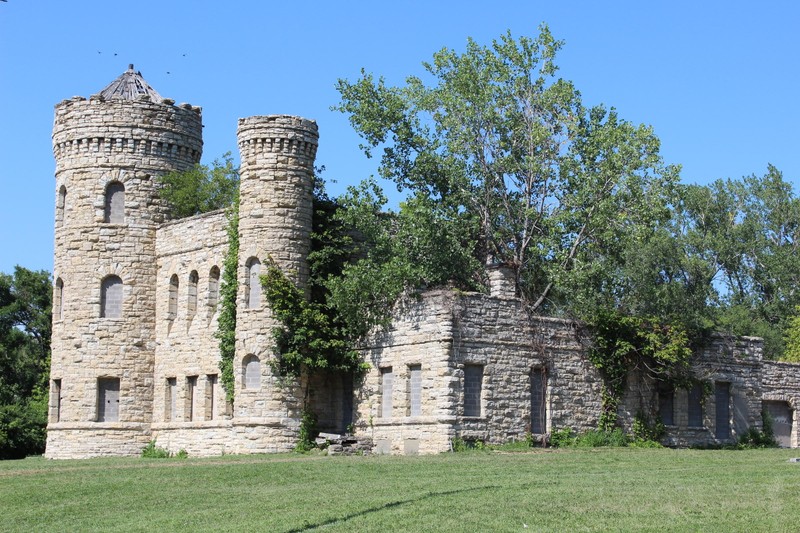
City Work House, Frontal and Side View. 1900
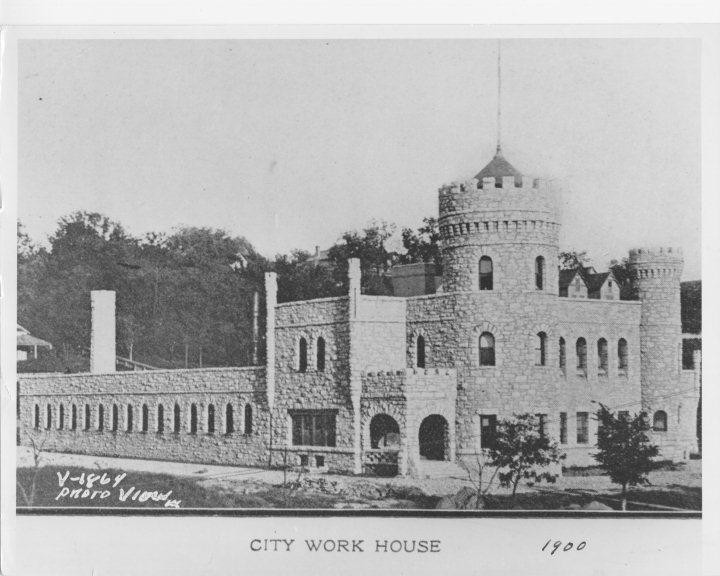
Postcard of the Workhouse Prison
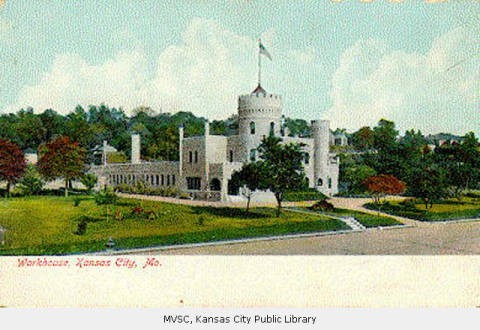
The Workhouse has taken on some vandalism and other damage as of March 2023.
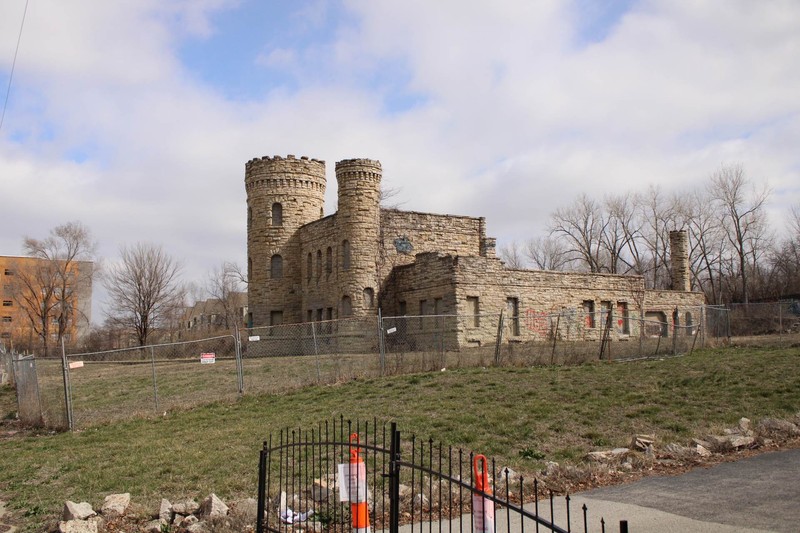
The Workhouse has taken on some vandalism and other damage as of March 2023.
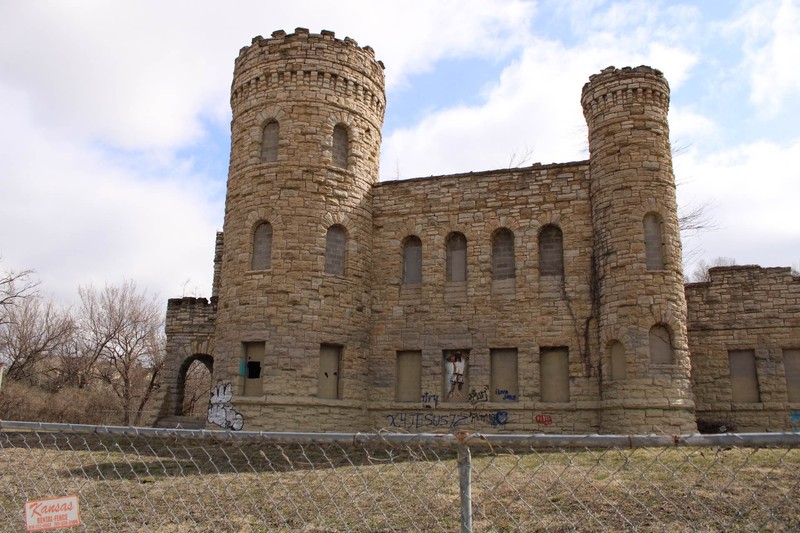
Backstory and Context
Text-to-speech Audio
History of the KC Workhouse Castle
The Kansas City Workhouse was built in 1897 to be used as a city jail for minor criminals. Following the popular Romanesque revival architectural trends of the time, as well as the idea that the medieval style imposed a sense of authority, Kansas City architects Wallace Love and James Oliver Hogg designed the prison to resemble a castle. Prisoners quarried the yellow limestone for the four-story structure, and the castle was completed at a cost of $30,000 (equivalent to over $850,000 today).1 The castle was built with the goal of reducing overcrowding and fire hazards in city prisons, and at the time of its building, the castle could house 112 men and 48 women. Prisoners at the workhouse were generally beggars, vagrants, local drunks and drug addicts (typically cocaine and opium), debtors, and other petty offenders. Beginning in 1907, the workhouse changed its mission to better reform prisoners. It was called a “House of Corrections” and sought to help the wives and children of prisoners by giving prisoners the chance to earn a fair wage.2
The workhouse continued operations until it closed in 1924. Following its closure, the workhouse was repurposed over a dozen times, and at different moments, it was a city storage facility, Marine training camp, dog euthanization center, and many others. By 1972, the castle was abandoned and was left to degrade. Since then, the roof has collapsed and it was filled with trash, weeds, and graffiti. The Workhouse was listed on the Kansas City Register of Historic Places on Nov. 29, 2007. In 2014, the castle was cleaned and renovated for a wedding venue, and several community members and organizations are planning to open up the castle for more events.3
Sources
1.) Laurel B. "Kansas City Castles." Mid-Continent Public Library, 8 October 2011. Web. 9 July 2016. https://www.mymcpl.org/blog/kansas-city-castles
2.) "City to Help Prisoner," Kansas City Star, 15 November 1907, p.1.
3.) Honig, Esther. "What Is That? Kansas City's Vine Street Castle." KCUR 89.3, 24 July 2014. Web. 9 July 2016. http://kcur.org/post/what-kansas-citys-vine-street-castle#stream/0
Credit Missouri Valley Special Collections, Kansas City Public Library, Kansas City, Missouri
Missouri Valley Special Collections, Kansas City Public Library, Kansas City, Missouri
Photo by Brandon Camacho
Photo by Brandon Camacho
